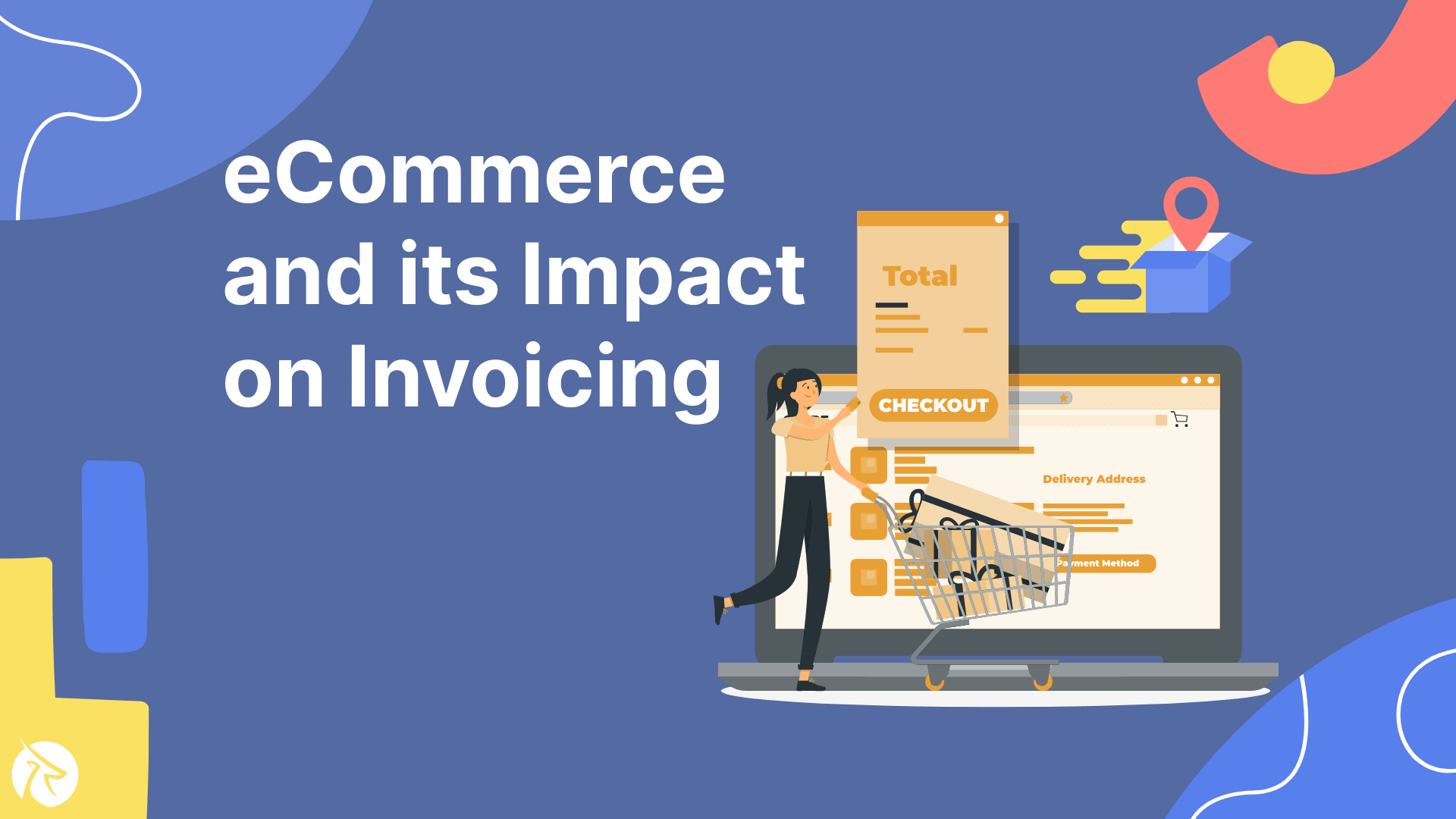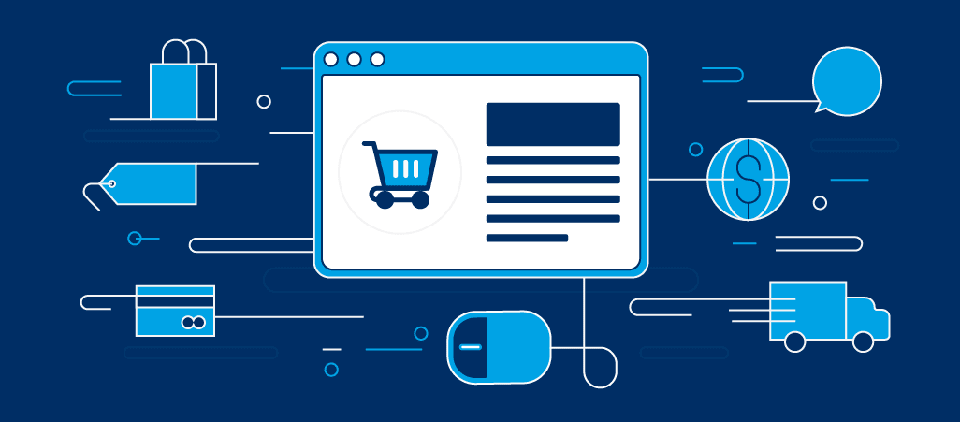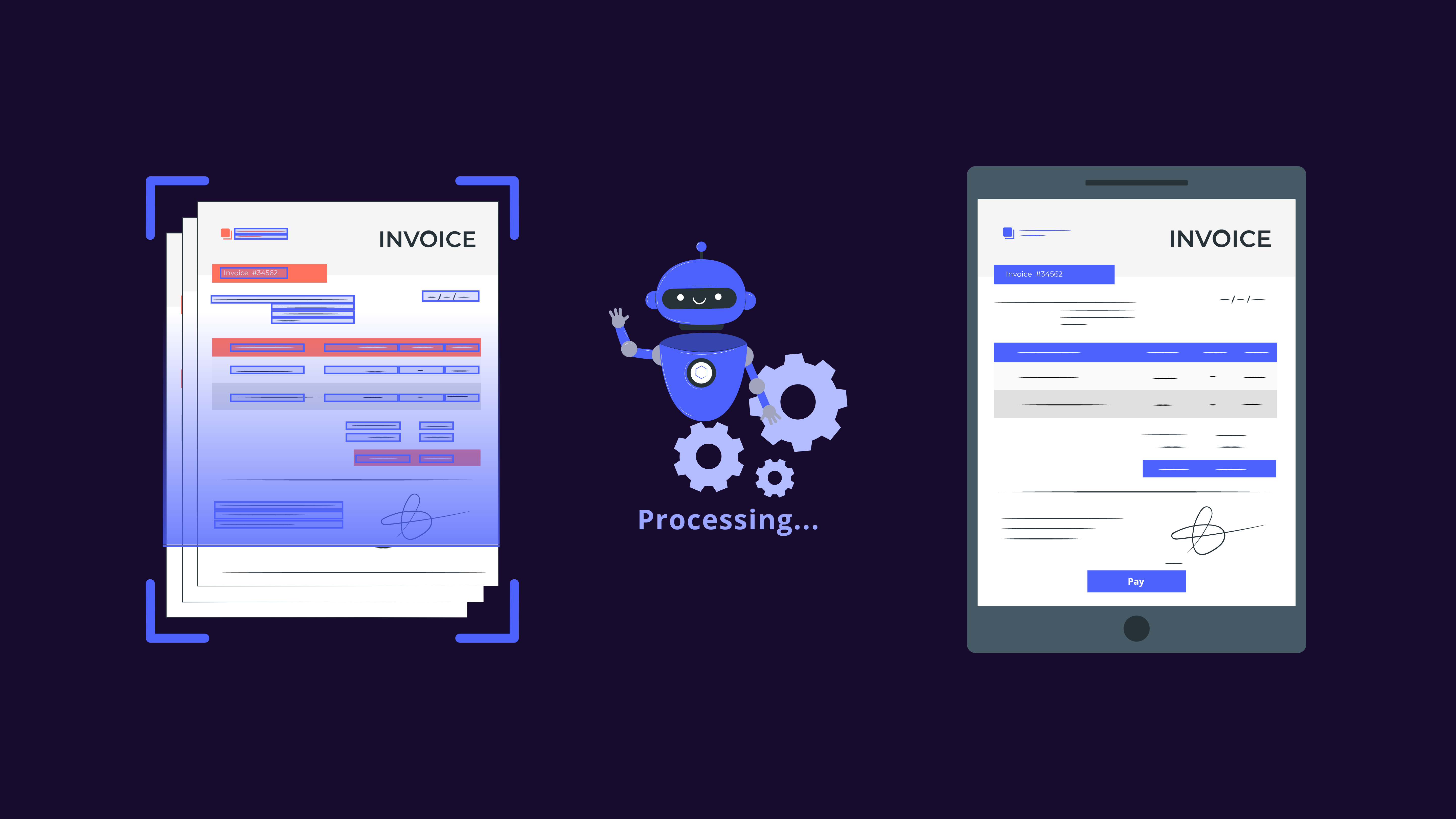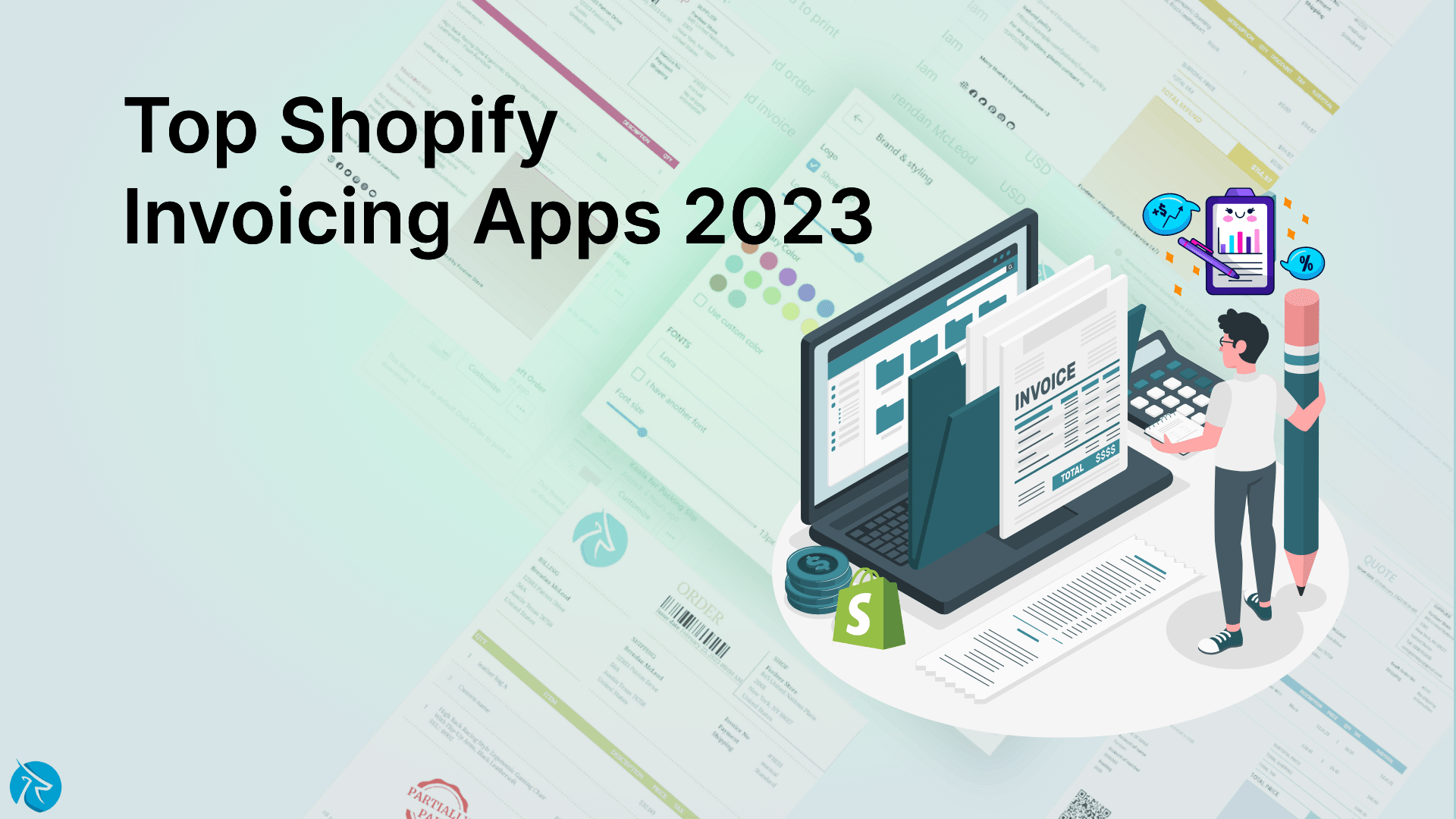The Rise of eCommerce and its Impact on Invoicing

In recent years, eCommerce has become a significant force in the retail industry. It has changed the way people shop, and it has had a significant impact on the way businesses operate. With the current boom in eCommerce, businesses need to be prepared for an increase in invoices and payments.
One of the areas where eCommerce has had a huge impact is invoicing. In this article, we will explore the rise of eCommerce and its implications for invoicing.
What is eCommerce?
eCommerce, or electronic commerce, refers to the buying and selling goods and services over the Internet. eCommerce has been around for decades, but it really took off in the 2000s with the rise of online marketplaces like Amazon and eBay. Today, eCommerce is a significant force in the retail industry, with online sales accounting for a growing percentage of total retail sales each year.
The Rise of eCommerce
The rise of eCommerce can be attributed to a number of factors. One of the most significant factors is the increasing use of the internet and mobile devices. More and more people are using the Internet to shop for goods and services, and the convenience of online shopping has made it a popular choice for many consumers.
Another factor driving the rise of eCommerce is the increasing availability of high-speed internet connections. With faster internet speeds, it is easier for consumers to shop online and for businesses to process online orders.

Finally, the rise of eCommerce can be attributed to the growing popularity of online marketplaces like Amazon and eBay. These marketplaces have made it easier for smaller businesses to sell online, and they have made it easier for consumers to find and buy products from a wide range of sellers.
The Impact of eCommerce on Invoicing
The rise of eCommerce has had a significant impact on invoicing process. In the past, invoicing was a relatively straightforward process. Businesses would send invoices to customers for products or services that had been delivered, and customers would pay the invoices by check or credit card.
However, with the rise of eCommerce, invoicing has become much more complex. Businesses now have to deal with a wide range of payment methods, including credit cards, PayPal, and other online payment systems. They also have to deal with different shipping and delivery options, and they may have to deal with returns and refunds.
To keep up with these changes, businesses have had to adapt their invoicing processes. Many businesses now use online invoicing systems that can handle a wide range of payment methods and shipping options. These systems can also automate many of the invoicing processes, making it easier for businesses to manage their invoicing and payment processes.
Another impact of eCommerce on invoicing is the need for more detailed invoices. With online sales, businesses may need to include more information on their invoices, such as product descriptions, shipping costs, and taxes. This can make the invoicing process more complex, but it is necessary to ensure that customers have all the information they need to make a payment.

eCommerce has also led to an increase in the number of invoices that businesses need to process. With online sales, businesses may process hundreds or even thousands of invoices daily. This can be a significant challenge for businesses, but it can also be an opportunity to streamline their invoicing processes and improve their overall efficiency.
How to Manage the Influx of Invoices and Payments Effectively
Managing the influx of invoices and payments can be challenging for businesses, especially those experiencing significant growth in their eCommerce sales. However, there are several strategies that businesses can use to manage this process effectively.
Use an Automated Invoicing System
An automated invoicing system is one of the most effective ways to manage the influx of invoices and payments. Mechanical invoicing systems can generate invoices automatically, send them to customers, and track when payments are received. This can help to reduce the amount of manual work required to manage invoices and expenses, and it can also help to reduce the risk of errors.
Set Clear Payment Terms
Another essential strategy is to set clear payment terms for customers. This should include details such as the payment due date, the accepted payment methods, and any penalties for late payments. By setting clear payment terms, businesses can help to ensure that customers pay on time and reduce the risk of payment delays.
Monitor Payment Activity
Businesses should also monitor payment activity closely to identify any issues or delays in the payment process. This can be done using an automated system that tracks payment activity, or manually by reviewing payment records regularly. By monitoring payment activity, businesses can identify any issues early and take action to resolve them.
Offer Multiple Payment Methods
To make it easier for customers to pay, businesses should offer multiple payment methods, including credit cards, PayPal, and other popular online payment systems. This can help reduce the risk of payment delays and make it more convenient for customers to pay.

Hire Additional Staff
If the influx of invoices and payments becomes too much for existing staff, businesses may need to consider hiring additional staff to help manage invoicing and payment processing. This can help to ensure that all invoices are processed promptly and can also help to reduce the risk of errors.
Use Accounting Software
Accounting software can be useful for managing invoices and payments more effectively. Accounting software can automate many invoicing and payment processes, making managing large numbers of invoices and payments easier. It can also provide real-time insights into cash flow and financial performance, helping businesses to make more informed decisions.
Managing the influx of invoices and payments can be challenging for businesses, especially those experiencing significant growth in their eCommerce sales. However, by using an automated invoicing system, setting clear payment terms, monitoring payment activity, offering multiple payment methods, hiring additional staff, and using accounting software, businesses can manage this process more effectively and ensure that they are able to keep up with the demands of eCommerce invoicing and payment processing.
Wrapping up
The rise of eCommerce has had a significant impact on the retail industry and has had a substantial effect on invoicing. Businesses that want to succeed in the eCommerce space need to be able to handle a wide range of payment methods and shipping options, and they need to be able to process many invoices each day. By adapting their invoicing processes to the demands of eCommerce, businesses can thrive in this new retail landscape.











